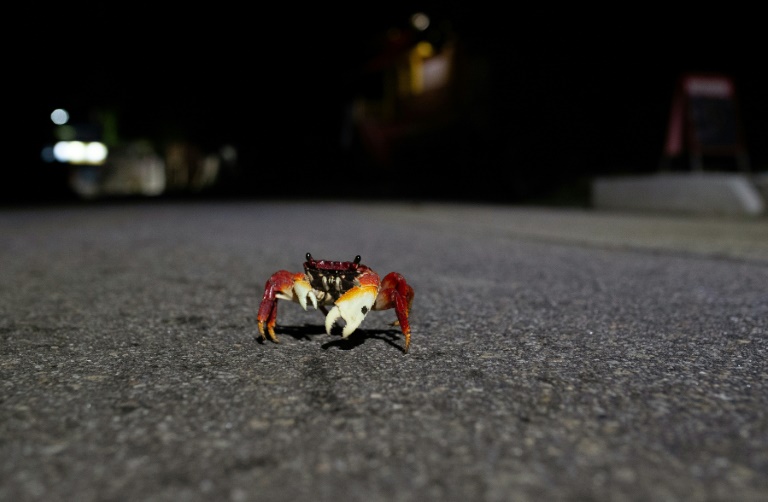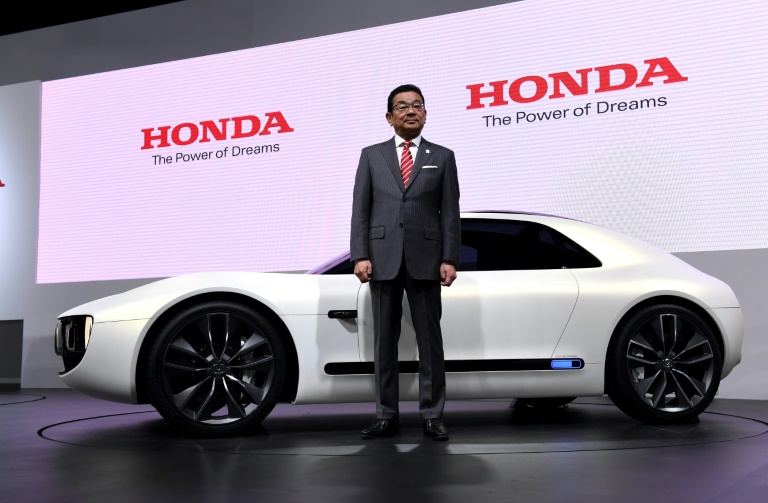The EU on Monday launched a probe into TikTok’s spinoff Lite app and threatened to suspend an “addictive” feature on it that rewards users for watching and liking videos, amid child-safety concerns.
TikTok Lite arrived in France and Spain in March allowing users aged 18 and over to earn points that can be exchanged for goods like vouchers or gift cards through the app’s rewards programme.
The European Commission said in a statement it has concerns about the app’s “risks of serious damage for the mental health of users”, including minors.
TikTok Lite is a smaller version of the popular TikTok app, taking up less memory in a smartphone and made to perform over slower internet connections.
TikTok last week failed to provide a risk assessment for the spinoff app by an April 18 deadline, the commission said, demanding the company now hand it over by Tuesday.
It is threatening to impose interim measures including suspending the rewards programme in the European Union “pending the assessment of its safety”.
TikTok, owned by China’s ByteDance, has until Wednesday to present a formal defence against such a measure.
The commission also warned if TikTok failed to reply to the request, it could impose fines of up to one percent of its total annual income or of its global turnover and periodic penalties up to five percent of its average daily income or annual turnover worldwide.
TikTok said it would continue discussions with the commission but insisted the programme was not available to minors.
“We are disappointed with this decision — the TikTok Lite rewards hub is not available to under 18s, and there is a daily limit on video watch tasks,” a TikTok spokesperson said in a statement.
– Second TikTok probe –
The probe is the EU’s second against TikTok under a sweeping new law, the Digital Services Act (DSA), that demands digital firms do more to police content online.
“We suspect TikTok ‘Lite’ could be as toxic and addictive as cigarettes ‘light’,” said the European Commission’s top tech enforcer, Thierry Breton.
“Unless TikTok provides compelling proof of its safety, which it has failed to do until now, we stand ready to trigger DSA interim measures including the suspension of TikTok Lite features,” Breton said.
The commission also quizzed TikTok about its measures to mitigate “systemic risks” in its Lite app and gave the platform until May 3 to respond.
TikTok Lite users can win rewards if they log in daily for 10 days, if they spend time watching videos (with an upper limit of 60 to 85 minutes per day) and if they undertake certain actions, such as liking videos and following content creators.
The commission said it believes TikTok launched the app “without prior diligent assessment of the risks it entails, in particular those related to the addictive effect of the platforms, and without taking effective risk mitigating measures”.
TikTok is among 22 “very large” digital platforms, including Amazon, Facebook, Instagram and YouTube, that must comply with stricter rules under the DSA since August last year.
The law gives the EU the power to slap companies with heavy fines that could reach as high as six percent of a digital firm’s global annual revenues.
Repeat offenders can even see their platforms blocked in the 27-country European Union.
In February, the commission opened a formal probe into TikTok under the DSA over alleged violations of its obligations to protect minors online.
It has separately launched other investigations into X, formerly known as Twitter, and Chinese internet retailer AliExpress.
TikTok is also being squeezed across the Atlantic.
The US House of Representatives passed a bill on Saturday that would force TikTok to divest from ByteDance or face a nationwide ban in the United States, where it has around 170 million users.

 Business5 months ago
Business5 months ago
 Business4 months ago
Business4 months ago
 Events6 months ago
Events6 months ago
 People4 months ago
People4 months ago
 Events3 months ago
Events3 months ago
















